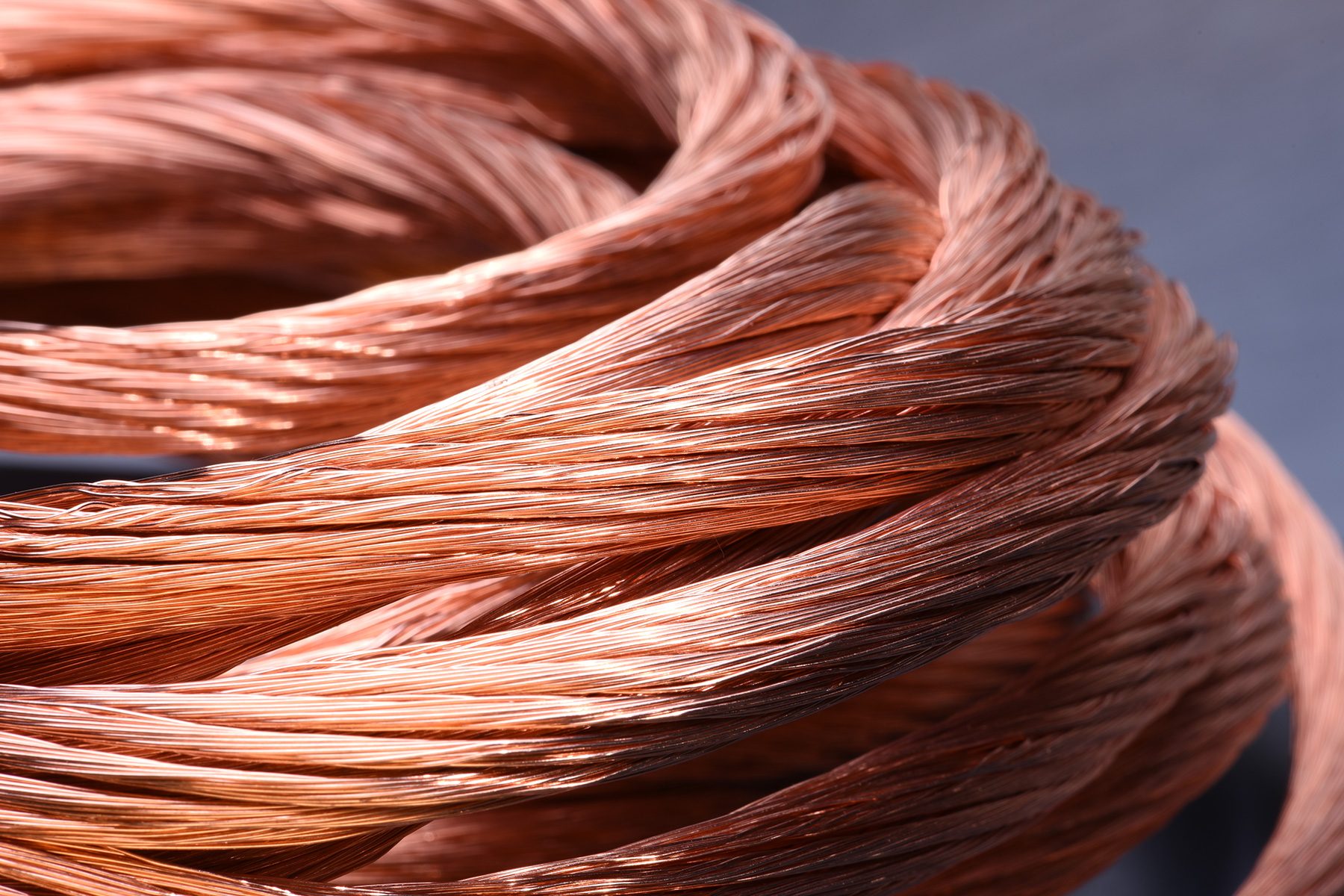With new tariffs looming, copper prices are set to rise soon. Find out what this might mean for you and your projects.

How Copper Tariffs Could Make Everything Way More Expensive

News about tariffs continues to change and their potential for economic impact seems to fluctuate constantly. Recently, copper prices have made headlines as experts attempt to predict whether or not copper will become more expensive in the wake of tariffs.
In an executive order from February 25, 2025, the White House urged the Secretary of Commerce to consult with the Secretary of Defense, the Secretary of the Interior, the Secretary of Energy, and “the heads of other relevant executive departments and agencies…to evaluate the national security risks associated with copper import dependency.”
What Does This Executive Order Mean?
The aforementioned agencies will have 270 days to research the United States’ dependency on imported copper and make a recommendation regarding policies that should be implemented and actions that should be taken to shore up the national security and reduce, if necessary, the need for imported copper.
Section 1 of the executive order states that the agencies should study multiple forms of copper, including:
- raw mined copper
- copper concentrates
- refined copper
- copper alloys
- scrap copper
- derivative products
Why Is Importing Copper a Problem?
According to Section 1 of the executive order, the administration fears that “the United States faces significant vulnerabilities in the copper supply chain, with increasing reliance on foreign sources for mined, smelted, and refined copper.”
The main concern is that if the United States is importing more copper than it is producing and exporting, it will open itself up to a potential economic crash as well as show vulnerabilities in its national security. The administration also wants to insulate domestic production of copper against market fluctuations.
The departments are being asked to investigate various factors, including the demand versus the domestic production capabilities, the production capabilities of other countries, and the current state of supply chains. The departments should also consider how realistic it would be to increase the current domestic production enough to be able to meet more of the demand and reduce the need for imported copper in the first place.
What Is Copper Used For?
You might not even realize it, but copper is a massive part of your daily life. The typical automobile features more than fifty pounds of copper; when it comes to electric vehicles, that figure climbs well over 100 pounds. Copper pipes and electrical wiring line the insides of your walls, and copper fixtures like cabinet hardware and gutters are a popular design element in homes across the country.
Crucially, copper is an essential part of the manufacturing of the circuit boards and electrical components inside all of our devices. It’s also commonly combined with other metals to create alloys like bronze and brass. As all these uses start to stack up, it’s easy to see how copper supply and prices are a major point of concern for the economy at large.
‘Copper is the new crude oil. … Everybody needs it, and we probably don’t have enough of it,” Phil Flynn, senior market analyst for the Price Futures Group, told Market Watch.
Will It Affect Copper Prices?
As of yet, it’s unclear if this executive order will affect copper prices. The administration hasn’t announced any tariffs on copper, but that could change depending on the findings of the Secretaries and departments. There’s also the possibility that as speculation and rumors of impending tariffs circulate, the speculation alone could cause prices to spike. This may still happen even if the administration doesn’t announce any actual copper tariffs.
Source
ADDRESSING THE THREAT TO NATIONAL SECURITY FROM IMPORTS OF COPPER, The White House, 2025.
Why copper may be more important to the U.S. economy than oil, MarketWatch, 2025
















